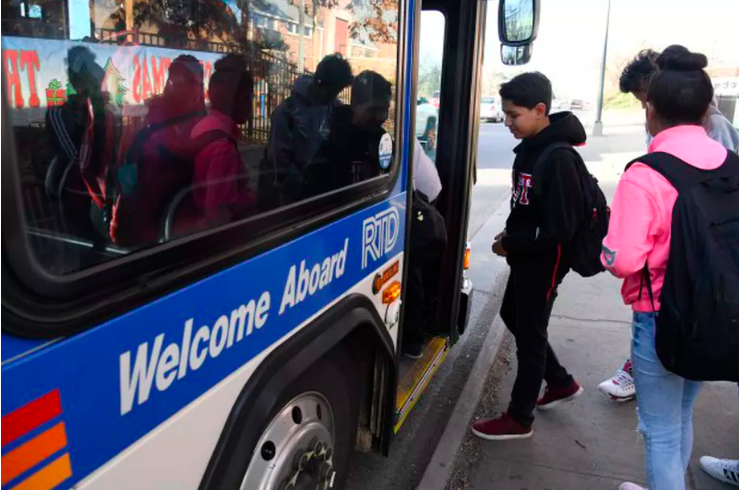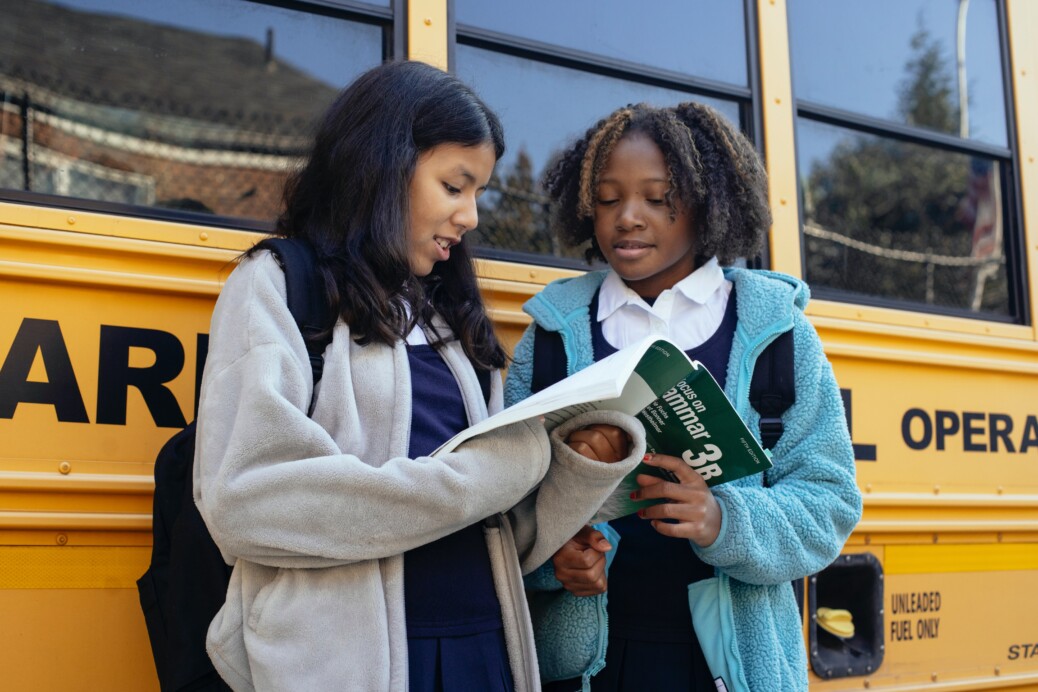Before the pandemic changed what school looked like for the country, the topic of transportation to school was getting its fair share of attention. This is the beginning of a series of conversations I’m having on school transportation pre-pandemic, during the pandemic, and post-pandemic. Pre-pandemic, we discovered how parents really were getting their children safely to and from school. I hope to show you a few new ways.
For health, climate, and monetary issues, some parents have been turning to options like carpooling and biking to school. While biking is a great idea, there are obstacles that make it not the greatest option for every student. Some cities are not suited for bicycles due to a lack of bike lanes, hills, and traffic to name a few. Another major point of interest has been incorporating public transportation as a viable option to replace school buses. Last year, after the city voted in favor of investing in expanding its public transit system, Indianapolis Public Schools started a program that would grant free city bus rides to high school students1.
The importance of public transit
Public transportation expands work opportunities for people who have limited transportation options, particularly in underserved and lower-income areas. It is an affordable, generally safe option. On top of that, it is a sustainable transportation that dramatically cuts carbon emissions that would otherwise come from cars. Children in many countries outside of the United States go to school on public transportation. In Australia, their public transportation systems have custom routes specifically for student use for little to no cost.

Andy Cross/The Denver Post
In the United States, it is not so common for students to use public transportation. The preferred method in many cities is the car. Bus and subway systems around the country tend to be underfunded and difficult to use. This renders them not an option to many students and thus limiting their access to education options afforded under School Choice. A student may be accepted into a charter school, but due to a lack of transportation access, they would not be able to attend. Transportation is one of the top three reasons a family chooses a school or after school program.
Expanding public transportation accessibility would open the world to so many students, both in and outside of school like jobs, sports, and afterschool programs. Unfortunately, the pandemic complicates the use of this option, just like everything else school-related. Here’s how students safely got to and from school prior to COVID-19:
- 33% rode a School Bus – 18M students
- 54% were driven to school by their parents or responsible adult – 30M students
- 13% took public transportation – 7M students
Transportation options
Parents clearly are letting us know what they consider to be their preferred method of getting to and from school. More cars than school buses increase safety and traffic concerns at arrival and dismissal. It also can mean a long wait in the carpool line, sometimes as much as an hour in congesting traffic in residential communities. This preferred method is more convenient for their families’ schedules. Parents get to spend more time with their children, and their children are not on the bus for long periods of time. The tradeoff doesn’t come without a cost – time and stress. Two things parents are willing to pay.
Schools and school districts across the US invest over $24B to provide school bus service and transportation for students. There are many pressures and issues with this preferred method. Less students riding the bus (lower utilization), national school bus driver shortage (30% fewer available), significant routing optimization for lower utilization and School Choice options, and increasing costs to purchase and maintain vehicles. School and district leaders are struggling to strike the right balance and optimize their investment.
Enter COVID-19
School transportation is undergoing massive disruption to meet CDC guidelines and gain the trust of parents to safely and reliably get their children to and from school. Once we know more about where this is pandemic and the reopening of schools is going, it will be interesting to see how public transportation and other options come into the conversation of the different ways to safely get students to school.



